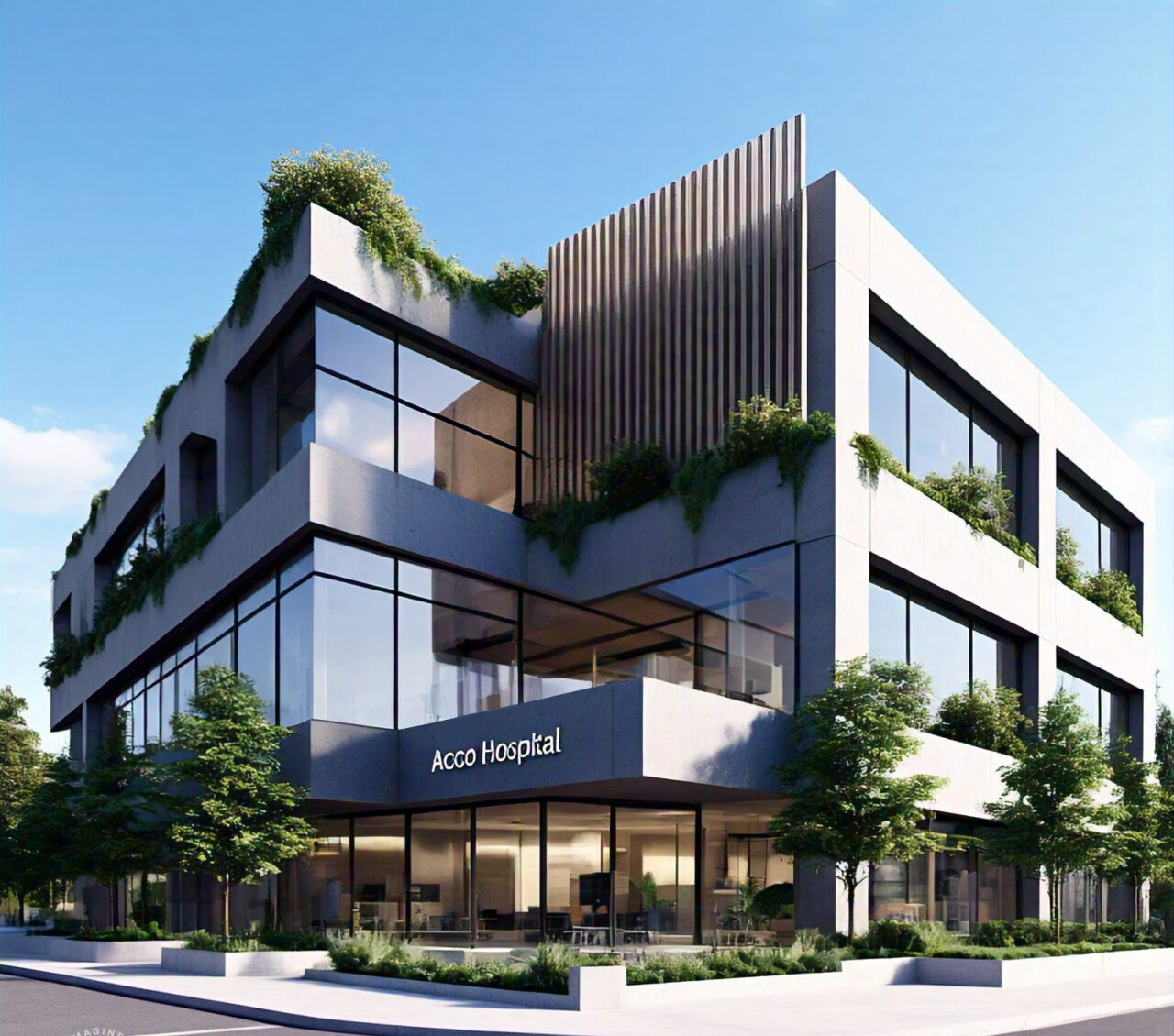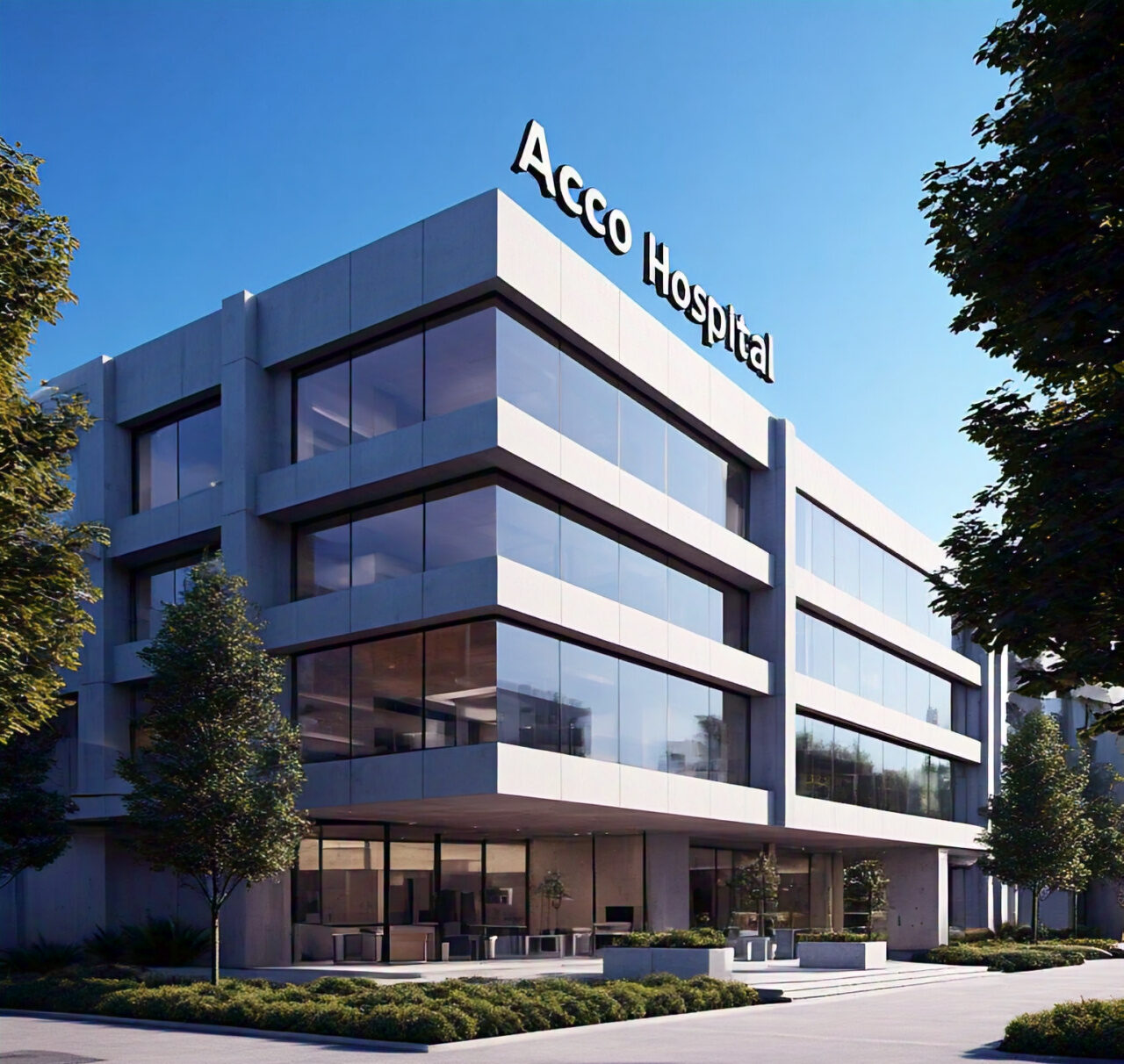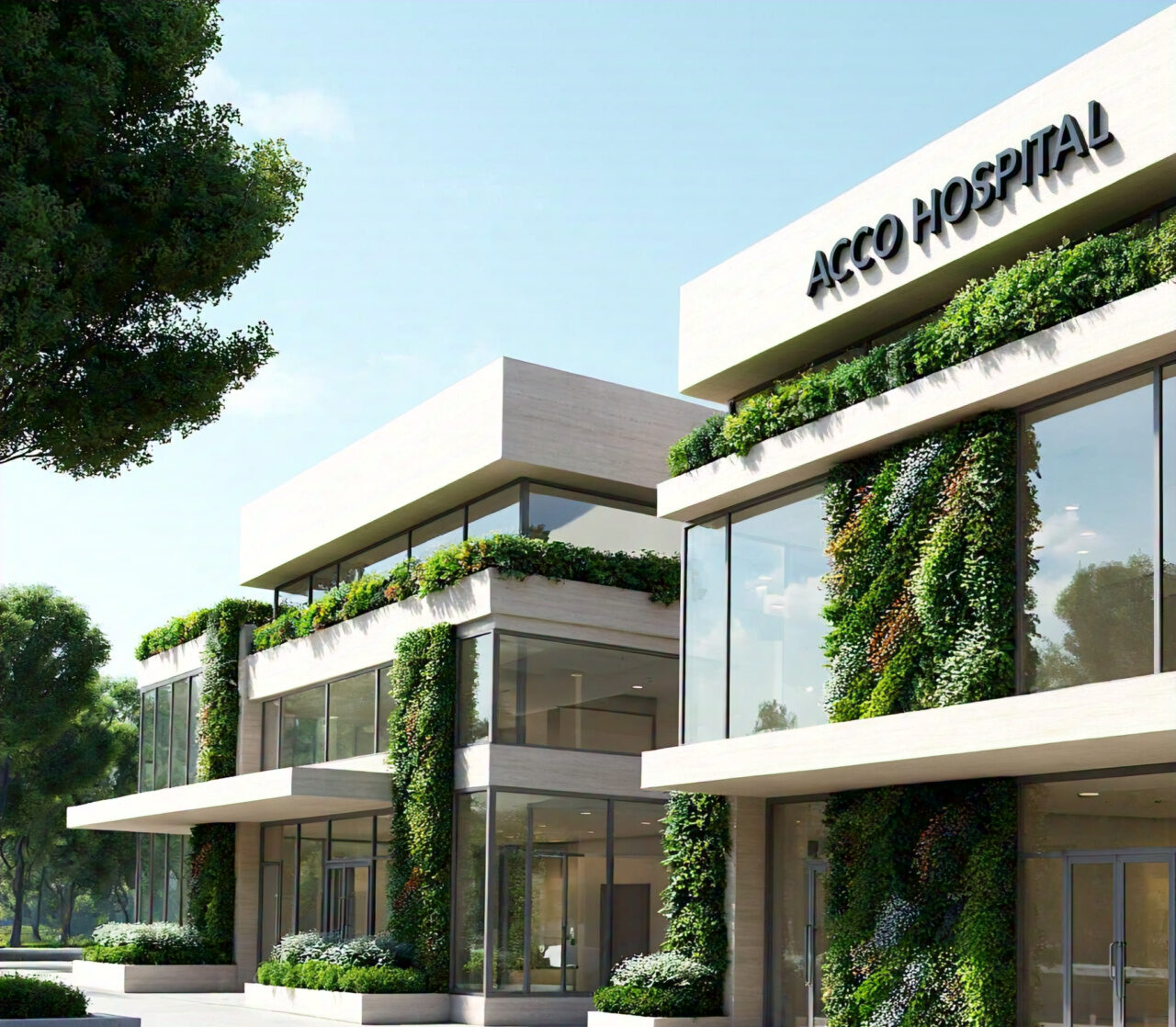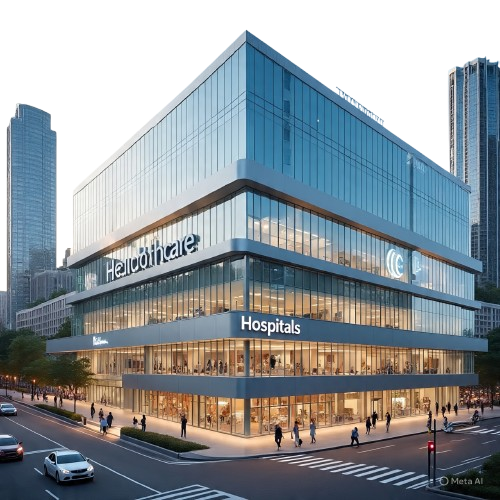
Evolving Hospital Design in Pakistan
The healthcare landscape in Pakistan is undergoing a significant transformation, and much of this change is being driven by advancements in hospital design. As population growth, urbanization, and medical technology continue to expand, Pakistan’s healthcare infrastructure faces increasing pressure to adapt and evolve. The focus is no longer just on building hospitals that provide medical care but on designing healthcare facilities that offer a more holistic, patient-centered experience while being efficient, sustainable, and adaptable for future needs.
In this article, we’ll explore the evolving hospital design trends in Pakistan, from sustainable architecture to smart technologies, and how they are improving patient outcomes, staff efficiency, and community health.

The Current State of Hospital Design in Pakistan
Healthcare infrastructure in Pakistan has historically been a mix of public and private facilities. While urban centers like Karachi, Lahore, and Islamabad house well-established hospitals, rural areas often struggle with inadequate healthcare infrastructure.
The evolving hospital design in Pakistan is being driven by a need to:
- Address the gaps in healthcare services between urban and rural areas.
- Modernize aging healthcare facilities.
- Create spaces that integrate modern medical technologies.
- Improve infection control and patient outcomes.
These challenges have sparked interest in designing state-of-the-art facilities that are both functional and future-ready.
Key Trends in Evolving Hospital Design
1. Patient-Centered Design
One of the most significant trends in modern hospital design is a shift toward patient-centered care. This means that hospitals are now being designed not just for functionality, but with a focus on the patient’s experience.
- Private patient rooms for comfort and privacy.
- Family areas to allow loved ones to stay close.
- Soothing environments with access to natural light, open spaces, and greenery.
In Pakistan, many new private hospitals, especially in urban areas, have embraced this design philosophy, creating an environment that promotes healing and reduces patient stress.
2. Sustainable and Energy-Efficient Hospitals
As the global focus shifts towards sustainability, green building practices have started gaining momentum in hospital design in Pakistan. Hospitals, being high-energy consumers, now emphasize energy efficiency, water conservation, and eco-friendly building materials.
- Use of solar panels to reduce reliance on conventional energy sources.
- Efficient HVAC systems that minimize energy consumption.
- Adoption of green roofs and rainwater harvesting systems.
This not only reduces the carbon footprint of hospitals but also lowers operational costs in the long run. Pakistan, with its sunny climate, has the potential to significantly benefit from solar-powered hospitals.
3. Integration of Smart Technologies
Smart hospitals are no longer a futuristic concept but a present reality. In Pakistan, the integration of IoT (Internet of Things), artificial intelligence, and telemedicine is beginning to reshape how healthcare facilities operate.
- IoT-enabled devices monitor patient vitals in real-time, improving response times and reducing the need for constant manual checks by medical staff.
- Telemedicine platforms allow remote consultations, connecting patients in rural areas to specialists in major cities.
- Automated systems, such as robotic pharmacy systems, improve the accuracy of medication dispensing and reduce human error.
Smart technology not only enhances patient care but also improves operational efficiency and cost-effectiveness in hospitals.
4. Infection Control and Zoning
Infection control has always been a critical consideration in hospital design, and the COVID-19 pandemic has further emphasized its importance.
Modern hospitals in Pakistan are designed with strict zoning protocols:
- Separate entrances for patients, staff, and supplies.
- Negative pressure rooms in infectious disease wards to prevent the spread of airborne pathogens.
- Antimicrobial materials in high-touch areas such as door handles, countertops, and bedrails.
By implementing these design features, hospitals can significantly reduce infection rates and improve overall safety for both patients and healthcare workers.
5. Modular and Flexible Spaces
The healthcare needs of a community are constantly evolving. Hospitals in Pakistan are now being designed to adapt to future demands, such as the increasing prevalence of chronic diseases or potential public health emergencies like pandemics.
- Modular design allows for easy reconfiguration of spaces based on changing needs. For example, wards can be expanded or converted into intensive care units (ICUs) if necessary.
- Flexible spaces enable multipurpose rooms that can serve as outpatient clinics, surgical suites, or emergency rooms depending on current requirements.
This adaptability ensures that hospitals remain functional and efficient, even as the healthcare landscape shifts.
6. Enhancing Staff Efficiency and Well-Being
Healthcare professionals are the backbone of any hospital, and their efficiency and well-being directly affect patient care. New hospital designs in Pakistan focus on creating environments that reduce staff fatigue and improve workflow.
- Decentralized nurse stations that are closer to patient rooms, minimizing walking distances for staff.
- Ergonomically designed workspaces that reduce strain during long shifts.
- Break rooms and wellness areas for staff to relax and recharge, promoting mental and physical well-being.
By prioritizing staff well-being in hospital design, healthcare facilities in Pakistan can ensure higher quality care and better staff retention.
7. Digital Health and Telemedicine
The integration of telemedicine and digital health platforms is a rapidly growing trend in Pakistan’s healthcare sector. Telemedicine allows patients in remote or underserved areas to connect with specialists in larger cities for consultations and follow-ups.
- Telehealth suites designed for virtual appointments.
- E-health record systems that store patient data digitally, improving access to medical history and reducing paperwork.
- Remote patient monitoring through wearable devices that send real-time data to physicians.
By embracing digital health, hospitals in Pakistan can extend their reach to rural populations and improve healthcare accessibility.
8. Community-Centric Hospital Design
Hospitals are no longer seen as isolated medical facilities but as integral parts of the community. Modern hospital designs in Pakistan aim to blend with their surroundings, offering not only medical services but also wellness programs and community health initiatives.
- Open public spaces for community gatherings and wellness activities.
- Health education centers that promote preventive healthcare and healthy living.
- Accessibility for disabled individuals, with ramps, lifts, and easily navigable spaces.
This holistic approach helps hospitals become centers of well-being, both for patients and the broader community.
9. Rural Healthcare Design
Pakistan’s rural areas face significant challenges in accessing quality healthcare. Modern hospital designs in these regions focus on overcoming geographic and infrastructure limitations.
- Mobile healthcare units that bring medical services to remote areas.
- Compact hospital designs that focus on essential services like maternal and child health.
- Low-cost construction techniques that use locally sourced materials while maintaining structural integrity.
These designs ensure that even Pakistan’s most underserved populations have access to reliable healthcare.
10. Future Challenges and Opportunities
While hospital design in Pakistan is rapidly evolving, there are still challenges to overcome, such as:
- Limited funding for public healthcare infrastructure.
- Training and retaining healthcare professionals to operate in modernized facilities.
- Ensuring equitable access to high-quality healthcare across all regions of the country.
However, these challenges also present opportunities for innovation. Public-private partnerships, international collaborations, and government initiatives can help drive the continued evolution of healthcare infrastructure in Pakistan.
Conclusion
The future of hospital design in Pakistan is bright, with a focus on sustainability, patient-centered care, and technological integration. As the country continues to modernize its healthcare facilities, both in urban centers and rural areas, the goal is to create spaces that are not only efficient and adaptable but also promote healing and well-being for patients and staff alike. The shift toward innovative, flexible, and sustainable design will ensure that Pakistan’s healthcare infrastructure is ready to meet the challenges of tomorrow.




